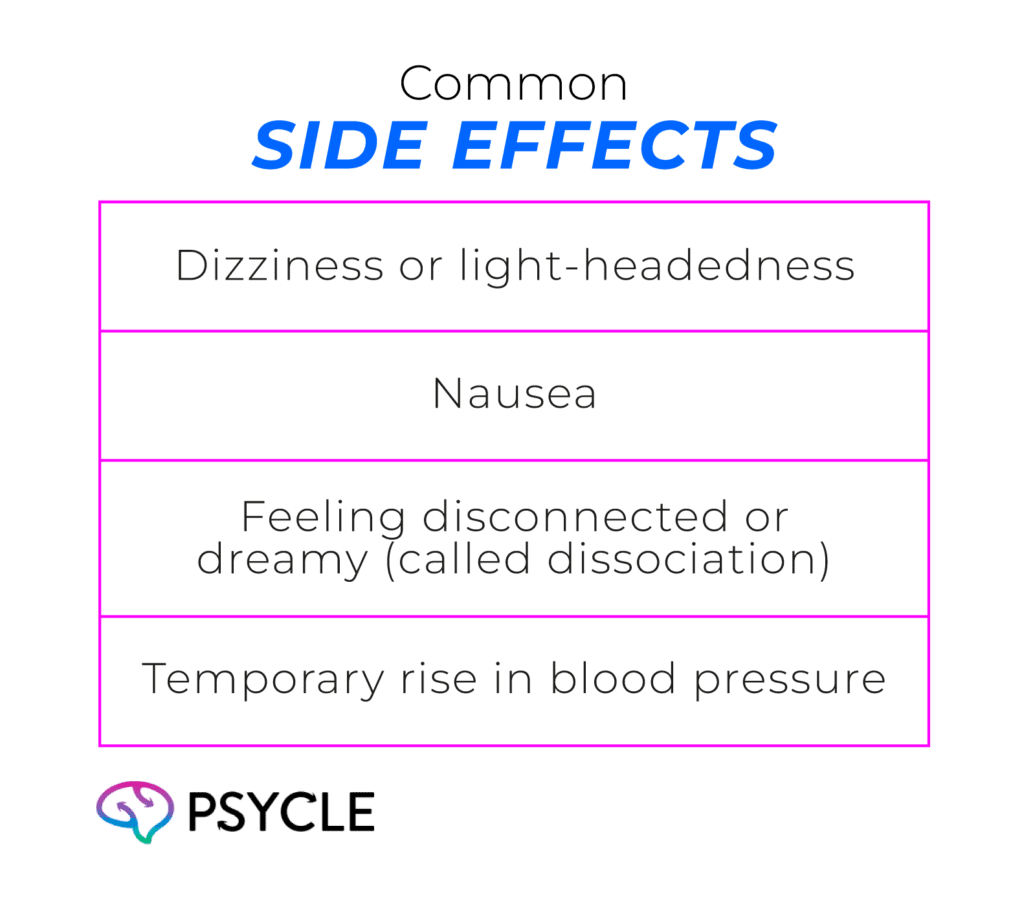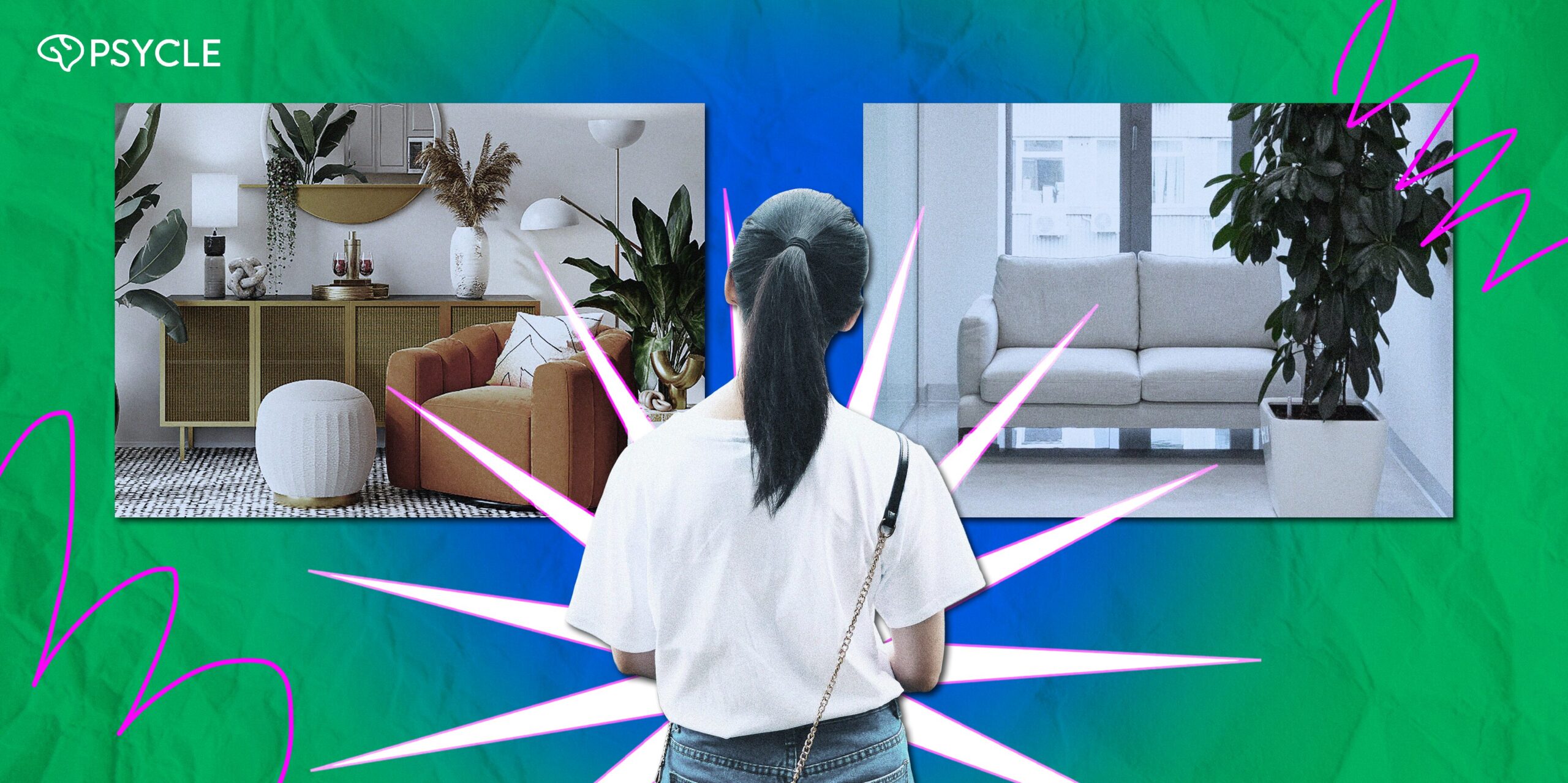If you or someone you know is considering ketamine treatment, it’s important to understand what the different types are and their advantages and risks. In this article, we’ll break down the three main options: in-clinic ketamine, Spravato, and at-home ketamine.
Key Takeaways
- Ketamine treatments are available in three primary forms: in-clinic IV or IM administration, FDA-approved Spravato nasal spray, and at-home oral or nasal options.
- In-clinic ketamine offers the highest level of safety and fast results, but may be expensive and time-consuming.
- Spravato is FDA-approved and often covered by insurance, but it’s only for specific types of depression.
- At-home ketamine is convenient and affordable, but it carries more risk and is not supervised by medical staff.
- Your best option depends on your medical history, mental health condition, budget, and lifestyle.
What Is In-Clinic Ketamine Treatment?
In-clinic ketamine treatment usually means getting an intravenous (IV) infusion. This means a nurse or doctor puts a tiny needle into your arm and slowly gives you the medicine through a tube. The treatment takes place in a medical setting where you’re closely watched to make sure everything goes smoothly.
Some clinics also offer intramuscular (IM) ketamine. This is when the medication is injected directly into a muscle, usually in your arm or thigh. It works similarly to IV ketamine but is typically a bit quicker and easier to give.
In-clinic ketamine treatments are mostly considered “off-label.” This means that while the medication is legal and safe, the FDA hasn’t officially approved it for treating mental health conditions. Still, many studies show it can be very effective for a wide range of disorders, including:
- Major depressive disorder (MDD)
- Treatment-resistant depression (TRD) – when symptoms haven’t improved despite trying multiple therapies
- Biopolar depression
- Obsessive-compulsive disorder (OCD)
- Anxiety – including both generalized anxiety and social anxiety
- Substance abuse disorders
- Post-traumatic stress disorder (PTSD)
What Is Spravato?
Spravato is a brand name for a version of ketamine called esketamine. Esketamine is an enantiomer, meaning it’s one of the two chemical components that make up ketamine. It’s been specially developed as a nasal spray to treat certain mental health conditions.
Spravato is the only FDA-approved ketamine treatment for mental health. It’s used for TRD and MDD with suicidal ideation.
Spravato is taken as a nasal spray in a registered clinic. You spray the medicine into your nose under the supervision of a trained healthcare provider. Then, you stay in the clinic for at least two hours to make sure you’re feeling okay before heading home. Like other forms of ketamine, you’re not allowed to drive after a session.
What Is At-Home Ketamine?
At-home ketamine treatment has become more popular with telehealth services. This means you can get ketamine treatments from the comfort of your home, usually after a remote medical consultation.
Most at-home programs use sublingual tablets (you place them under your tongue) or oral tablets you swallow. Some clinics also offer nasal sprays or injectable forms that are sent directly to your home.
The treatment usually comes as a kit in the mail, and meetings with clinicans take place over video or voice call. You may have instant messaging access to a care team throughout the treatment process, as well as virtual oversight when taking the medication. Some companies also provide preparation and integration support.
At-home ketamine companies tend to provide apps or online patient portals, where you can track your progress and access resources to support your healing, like informational videos and guided meditations.
Safety of Ketamine Treatments
All forms of ketamine come with possible side effects. Common ones include:

In rare cases, more serious risks like allergic reactions or unusual heart rhythms can happen.
Having medical oversight helps reduce the risks. In-clinic treatments are the safest because you’re closely watched. Oral forms (like sublingual tablets) tend to have milder side effects because they’re less “bioavailable.” That means your body absorbs less of the medicine compared to IV or IM forms.
However, there can still be instances where direct medical attention is needed, which at-home users can’t instantly access.
Moreover, ketamine is a drug of abuse that can be addictive when used in uncontrolled settings. At-home ketamine may increase the chance of ketamine addiction. Having ketamine delivered to your home gives you full control over how and when you take it.
For individuals with a history of substance use disorders or addictive tendencies, this easy access can be risky and lead to misuse.
Pros and Cons of In-Clinic Ketamine
Advantages:
- High safety: You’re monitored by trained professionals during and after your session.
- Fast relief: For some people, relief is felt within hours. Studies show IV ketamine can reduce symptoms after just 1-2 sessions, with most people experiencing significant benefits 24 hours after their first dose.
- Strong effectiveness: Because it enters your bloodstream directly, it works quickly and powerfully.
- Backed by research: Many clinical trials show IV ketamine is safe and effective for treating depression, anxiety, PTSD, and other disorders.
- Personalized care: Providers can adjust your dose and treatment plan according to your specific needs.
Disadvantages:
- Costly: Since it’s not FDA-approved for mental health, insurance often doesn’t cover the cost of IV and IM ketamine. The clinic and staff costs contribute to a more expensive therapy.
- Time-consuming: Sessions can take 1-2 hours, plus travel and recovery time.
- Transportation required: You won’t be able to drive afterward, so you’ll need someone to take you home.
- Fear of needles: If you’re uncomfortable with IVs or injections, this may not be ideal.
Pros and Cons of Spravato
Advantages:
- FDA approved: It’s officially approved for mental health, highlighting it’s been rigorously tested in clinical trials for its indications. This approval also makes it easier to get insurance coverage.
- Supervised treatment: Like in-clinic ketamine, you’re monitored by medical staff, helping ensure safety.
- Fast effects: Many feel relief within a few treatments. Some experience relief within 24 hours, like ketamine.
Disadvantages:
- Strict eligibility: Only for people with TRD or MDSI.
- Out-of-pocket costs: You might still need to pay for doctor visits and follow-ups.
- Nasal discomfort: Some users find the spray irritating.
- Time commitment: You must stay in the clinic for at least 2 hours per visit.
- Less flexible: Because it’s tightly regulated, it follows a specific schedule and protocol, so treatment is less personalized compared to other forms of ketamine treatment.
Pros and Cons of At-Home Ketamine
Advantages:
- Convenience: You can take your treatment at home, on your own schedule.
- Affordable: Typically costs less than in-clinic or Spravato treatments.
- Holistic support: Many programs include additional features such as guided meditations, therapy resources, and journaling prompts.
- No commuting: Great for people with mobility challenges or tight schedules.
- Personalized programs: Doses and schedules are often tailored to your needs.
Disadvantages:
- Less supervision: You’re on your own, which can be risky if side effects occur.
- Higher addiction risk: Easier access and less oversight can lead to misuse.
- No insurance coverage: Most at-home programs aren’t covered by insurance.
Which Form of Ketamine Treatment Is Right for You?
Choosing the right type of ketamine treatment depends on your needs and situation:
- If your mental health condition is severe or hasn’t improved with other treatments, in-clinic ketamine or Spravato may offer fast and effective relief.
- If you qualify for Spravato and have good insurance, this may be a more affordable and structured option.
- If you need a more flexible, lower-cost option and can manage the treatment responsibly, at-home ketamine might be a good fit.
- If you’re nervous about needles or clinics, at-home treatment can feel more comfortable.
- If you have mobility issues or live far from treatment centers, at-home ketamine can make care more accessible.
Always talk to a healthcare provider to decide which option is safest and most effective for you.
FAQs
Is Ketamine or Spravato More Effective?
IV ketamine delivers the full ketamine molecule directly into your bloodstream, which leads to more predictable absorption and a quicker therapeutic response. However, when it comes to treating depression, clinical trials show relatively similar outcomes.
How do the Costs of IV and At-Home Ketamine Therapy Compare?
At-home ketamine therapy is typically much more affordable than in-clinic ketamine treatments. Most at-home programs use oral or sublingual tablets and cost anywhere from $100 to $300 per session. Some companies offer bundled packages, making it a more budget-friendly option for many people. In contrast, in-clinic ketamine, which is usually given as an IV infusion, tends to be significantly more expensive. Each session can cost between $400 and $800 or more, and a full course of treatment (often six sessions) can range from $2,500 to $5,000 or higher. Because in-clinic ketamine is used off-label for mental health treatment, insurance options are limited. However, some providers do help cover the cost depending on the condition being treated.
Sources
- https://pubmed.ncbi.nlm.nih.gov/35048815/
- https://pubmed.ncbi.nlm.nih.gov/38206011/
- https://psyclehealth.com/alternative-treatments/spravato-vs-ketamine-infusion-which-is-better/
- https://psyclehealth.com/alternative-treatments/at-home-oral-vs-injectable-ketamine/

